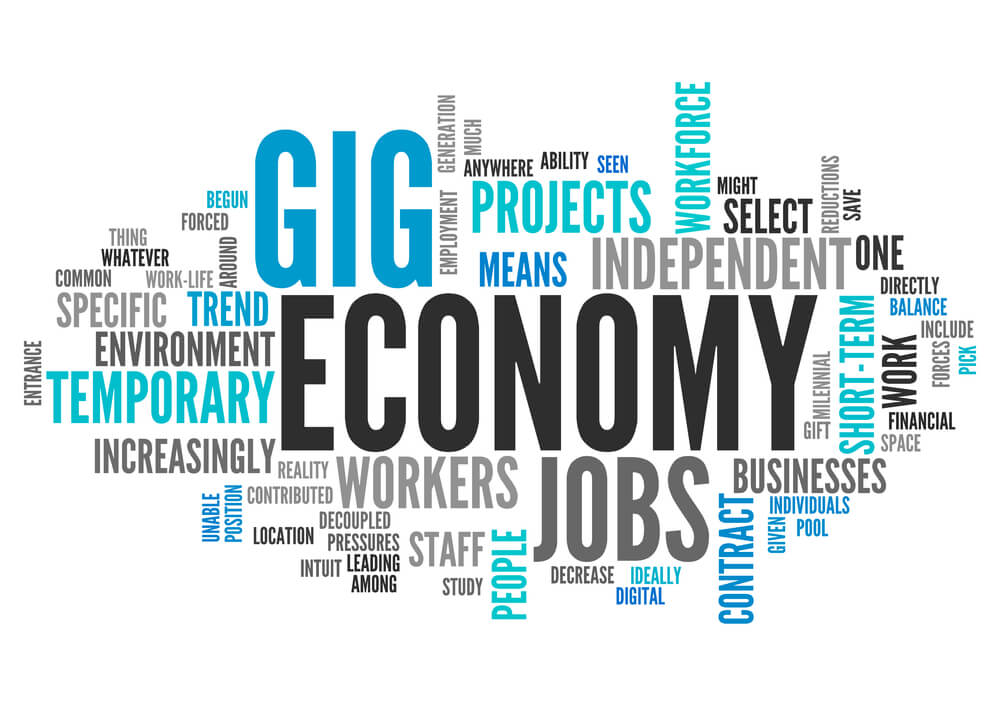Introduction: A Changing Workforce
In recent years, the landscape of work has undergone a radical transformation. Gone are the days when a “career” meant a single employer, a stable salary, and a predictable path from entry-level to retirement. Today, millions of people around the world earn a living as freelancers, part-time contractors, and platform-based workers—a phenomenon commonly referred to as the gig economy.
Advertisement
Apps like Uber, DoorDash, Upwork, and Fiverr have turned smartphones into job-hunting tools and created a new labor market where tasks—“gigs”—are matched with available workers in real time. This shift has been hailed as a liberation from the 9-to-5 grind, offering flexibility, autonomy, and freedom. Yet, beneath this glossy surface lies a more complex reality—one that raises pressing questions about job security, income volatility, and workers’ rights.
Is the gig economy empowering workers with newfound independence? Or is it a modern facade that disguises precarious employment and deepens economic inequality? This article explores both sides of the debate and investigates the true cost of flexibility.
What Is the Gig Economy?
The gig economy is a labor market characterized by short-term contracts, freelance work, and on-demand tasks rather than traditional permanent jobs. Workers are typically classified as independent contractors, meaning they are not entitled to employee benefits such as paid vacation, health insurance, or retirement contributions.
Gig work can span a wide range of industries and platforms:
-
Ride-hailing (e.g., Uber, Lyft)
-
Food delivery (e.g., DoorDash, Deliveroo)
-
Freelance marketplaces (e.g., Upwork, Freelancer)
-
Task-based platforms (e.g., TaskRabbit)
-
Creative and digital services (e.g., Fiverr, 99designs)
Outside of platform-based work, many other professionals—graphic designers, consultants, tutors, and writers—also engage in gig work, marketing their skills independently or through agencies.
